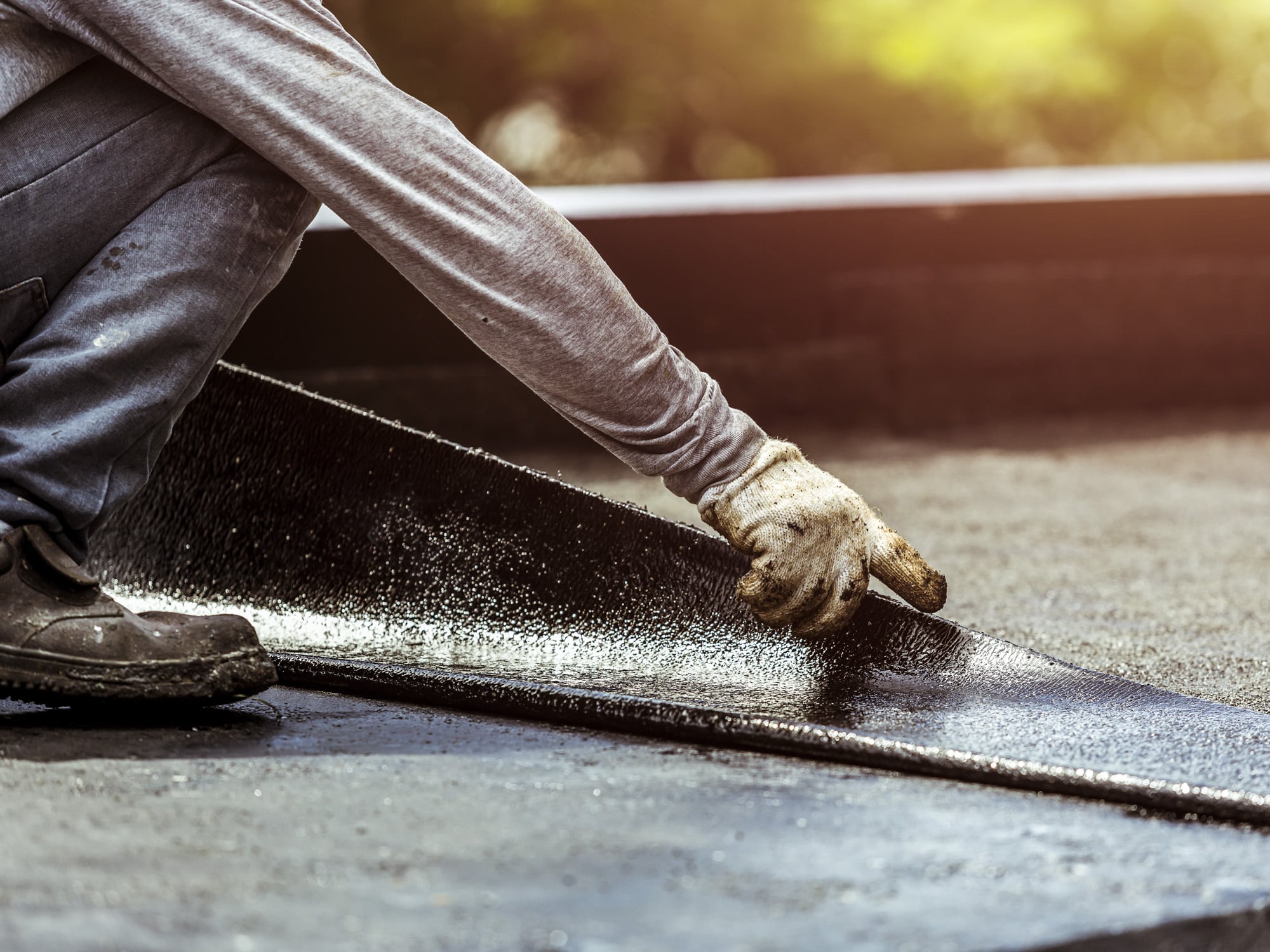Waterproofing is a key aspect of upkeeping any dwelling or structure, yet it often goes overlooked until issues arise. As moisture penetrates facilities, it can lead to costly repairs, compromised safety, and even hazards due to mold and mildew growth. Grasping the value of water-proofing is essential for every real estate owner, as it not only safeguards against instant damage but also boosts the overall longevity and equity of a piece of real estate.
This resource delves into the principles behind water-proofing, shedding light on why it is important, the various methods available, and how efficient water-proofing can spare you a fortune in potential repairs. Moreover, we will debunk frequent myths surrounding waterproofing techniques and arm you with the knowledge to spot clues that your place may require attention. Whether you are planning to waterproof your basement, ceiling, or restroom, understanding the basics of waterproofing will empower you to take educated decisions for your living space.
The Significance of Moisture Protection in Residential Properties and Structures
Moisture protection is a critical aspect of maintaining the structural integrity and durability of homes and buildings. It acts as a barrier against water infiltration, which can lead to a variety of problems, including structural damage, the growth of mold, and health issues. Without proper waterproofing, properties are vulnerable to damage caused by water that can compromise not only the physical structure but also the quality of indoor air. This makes waterproofing essential for ensuring a safe and healthy home environment.
In addition to safeguarding against damage from water, waterproofing can result in significant savings in costs over the long term. Fixing water damage usually requires extensive work, from structural repairs to removing mold, which can be financially burdensome. By actively waterproofing a property, property owners and managers of buildings can prevent these issues from arising, which saves a significant amount of money in potential repairs. This proactive step is an investment that pays off in the future, reinforcing the necessity of tackling waterproofing requirements promptly.
Furthermore, proper waterproofing contributes to energy efficiency within a structure. By keeping water out, structures can maintain stable temperatures, reducing the need for excessive heating or cooling. This not only lowers utility bills but also improves overall comfort levels. As efficient energy use becomes increasingly important, the role of waterproofing in eco-friendly building practices is clear, making it a critical factor for both newly constructed and older buildings.
Critical Moisture-Proofing Techniques and Solutions
One of the most effective techniques for waterproofing is the use of barrier systems, which create a defense against water intrusion. These systems can include customized membranes applied to both inside and exterior surfaces, such as walls and foundations. By sealing off potential access points, these protections prevent water from penetrating the structure, reducing the likelihood of moisture damage substantially. Choosing the suitable type of membrane for your individual needs is essential, as different materials offer different levels of strength and resistance.
Another important strategy is effective water management management. Installing a properly designed drainage system around your premises can redirect moisture away from susceptible areas, such as cellars and bases. This can include drainage systems, sump pumps, and drain pipes that are directed away from the structure. Proper drainage not only reduces moisture accumulation but also enhances the lifespan of waterproofing systems and protects your property from the harmful effects of flooding and dampness.
In addition to protection systems and drainage, the use of moisture-proof coatings is crucial for enhancing the safeguarding of surfaces susceptible to water exposure. These coatings can be used on roofs, partitions, and patios to create a moisture-proof layer that resists moisture and prevents mold development. Selecting the appropriate coating is critical to ensure it withstands environmental conditions, thus prolonging the durability of your moisture-proofing solutions. Scheduled upkeep and inspections are also crucial to ensure that these protective measures remain functional over time.
Expense Consequences of Disregarding Waterproofing
Disregarding waterproofing can lead to significant financial repercussions for homeowners and building managers. https://vindmays37.livejournal.com/profile can compromise structural integrity, necessitating costly repairs or even renovations. A single leak can transform into major damage, affecting walls, floors, and foundations. This not only increases repair costs but can also lead to a drop in property value, making any future transfer more difficult.
In addition to structural repairs, the costs associated with mold and mildew removal can add up rapidly. Mold grows in damp conditions, leading to possible health risks and necessitating professional remediation services. The longer the moisture issue continues, the more significant the damage becomes, ultimately costing far more than initial waterproofing measures would have.
Additionally, neglecting waterproofing can lead to increased energy bills. wet basement Toronto can lead to increased energy loss, forcing HVAC systems to strain more to maintain comfortable temperatures. By putting money into waterproofing solutions from the start, property owners not only save money on repairs but also enjoy long-term savings on energy costs, improving overall building efficiency.

